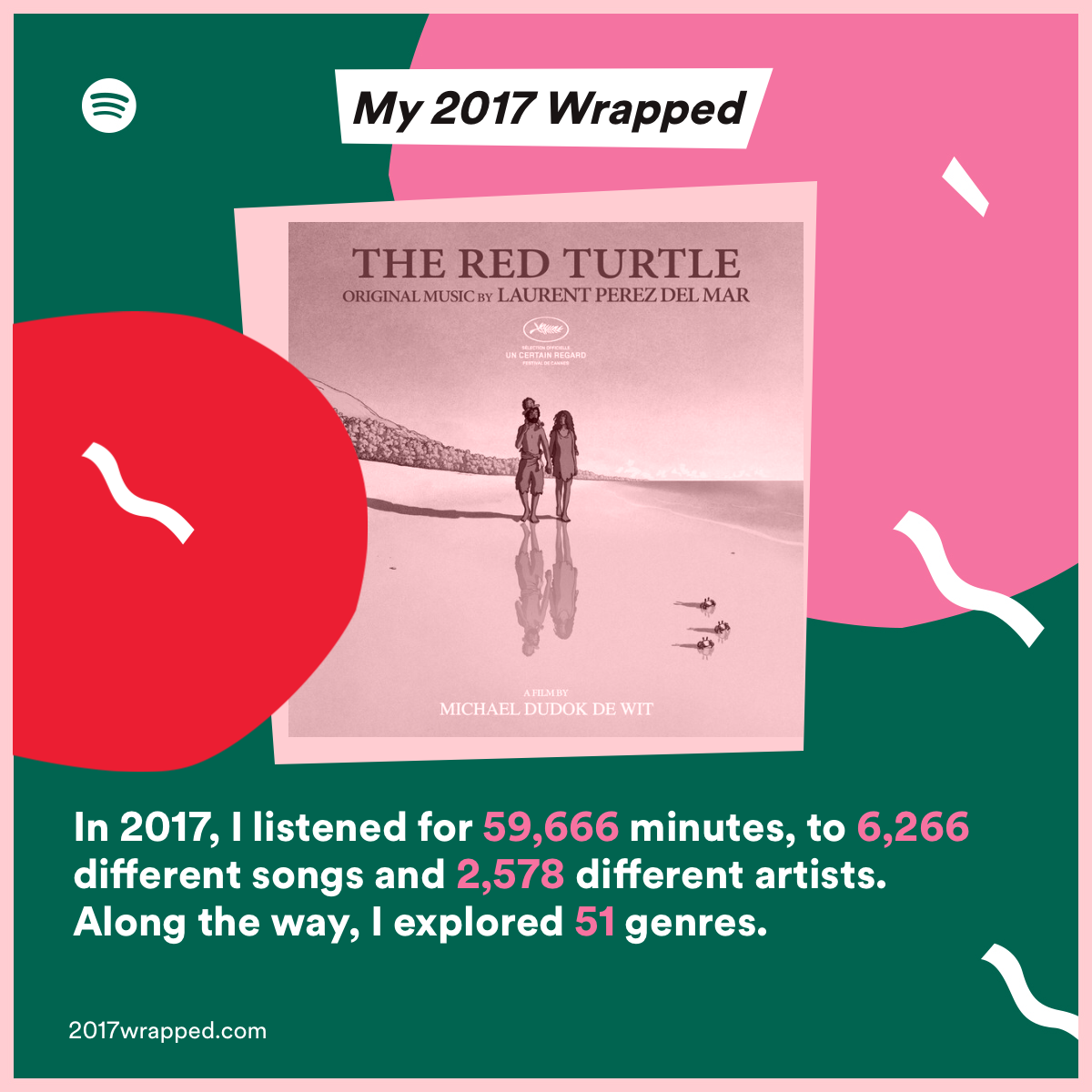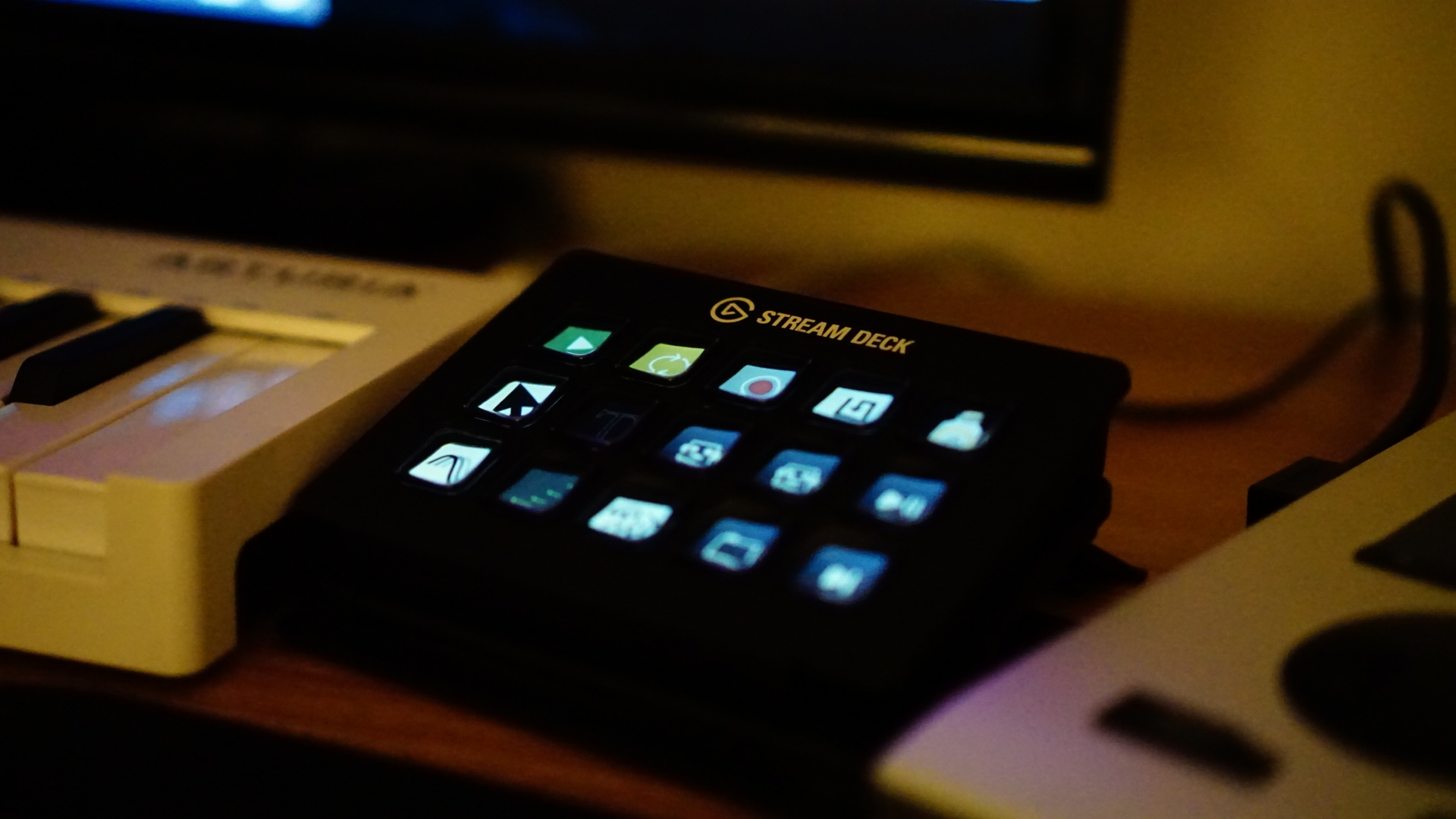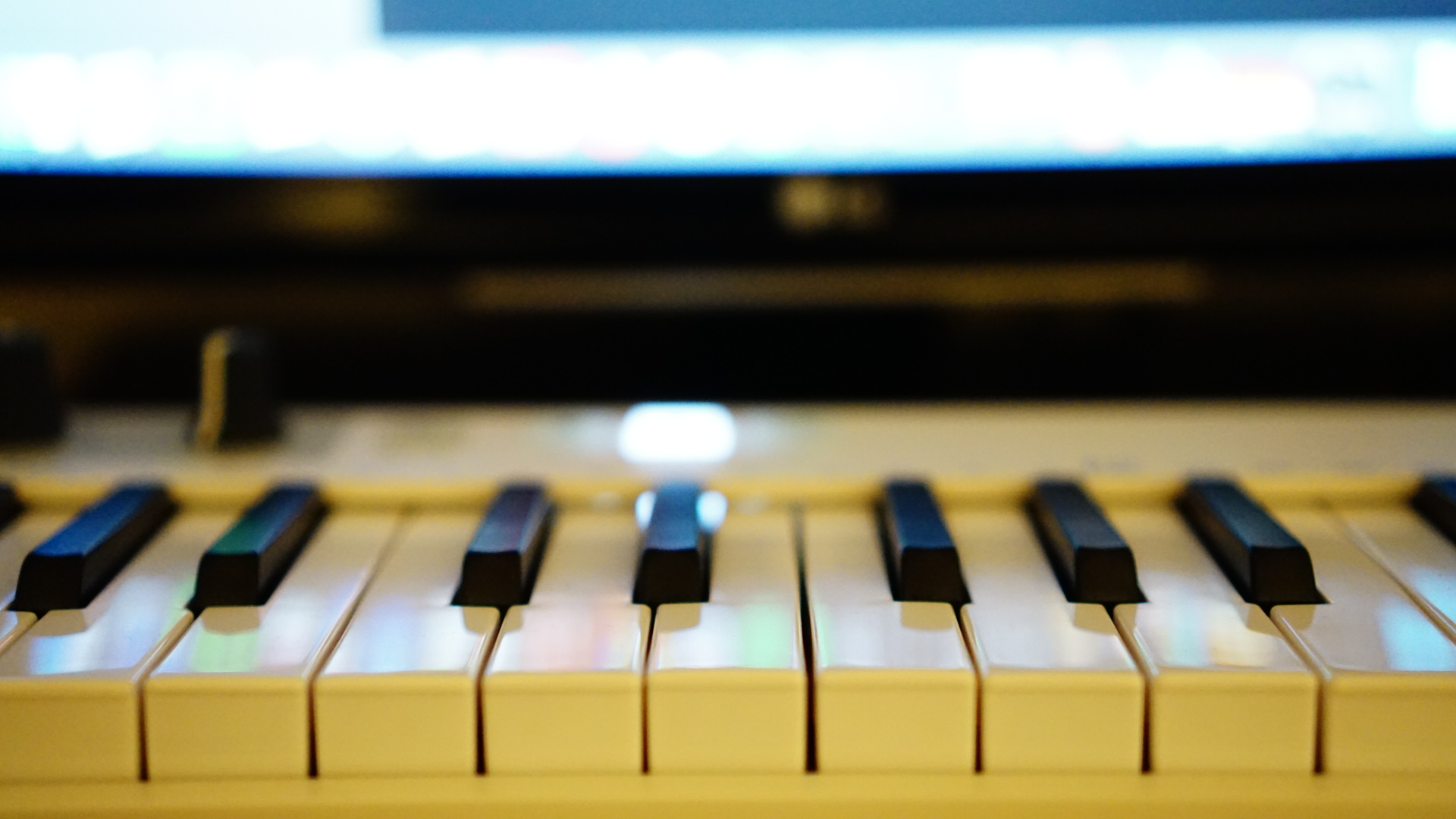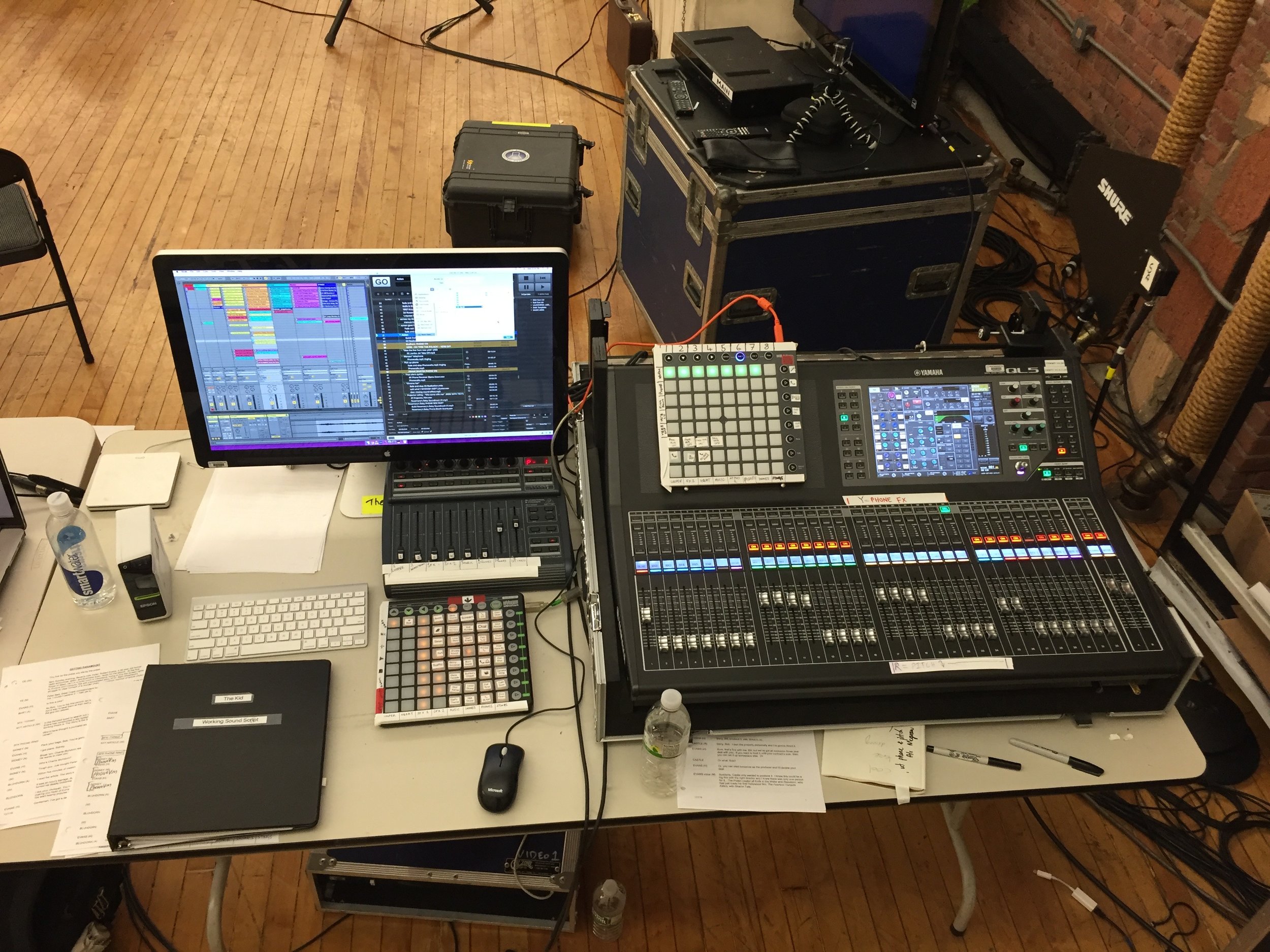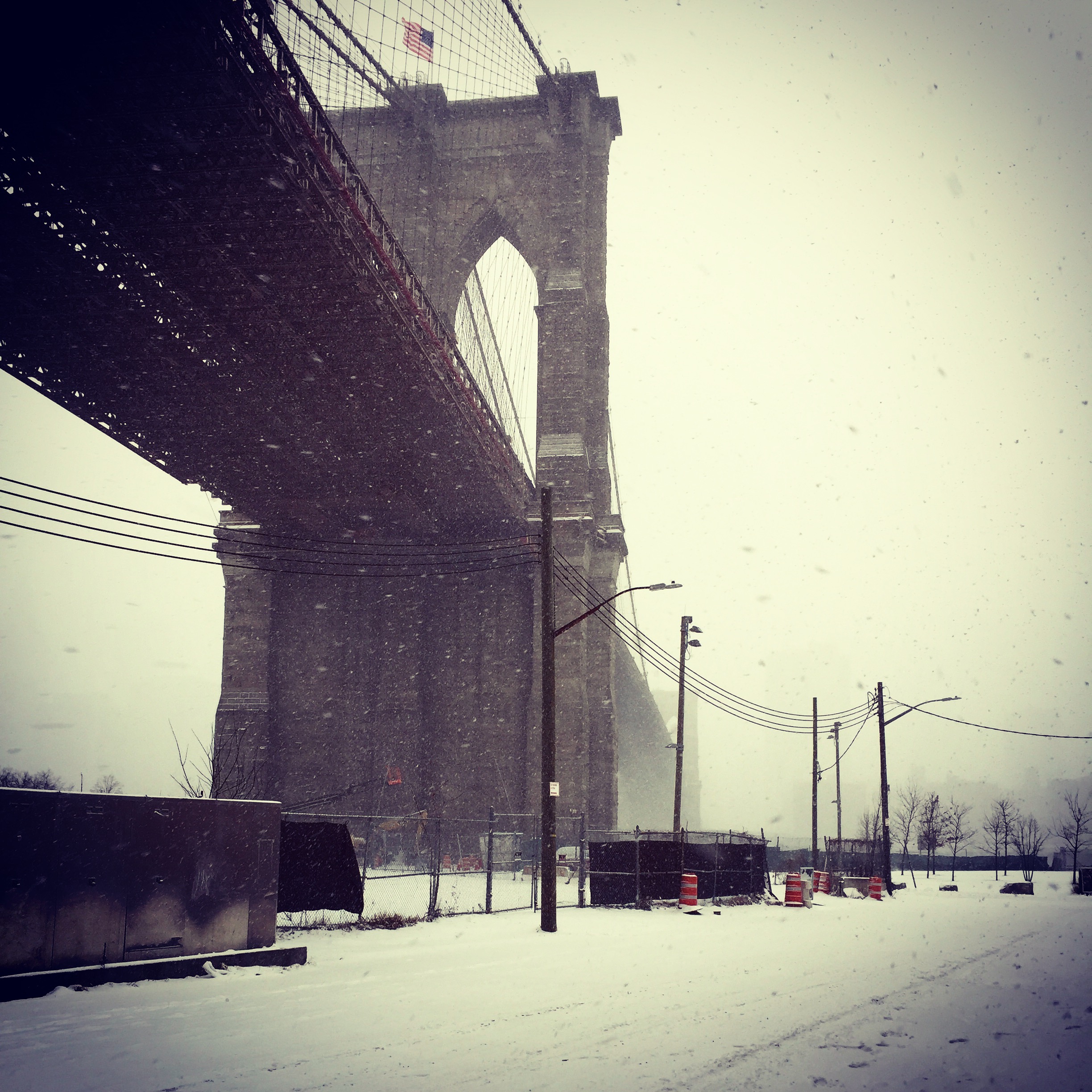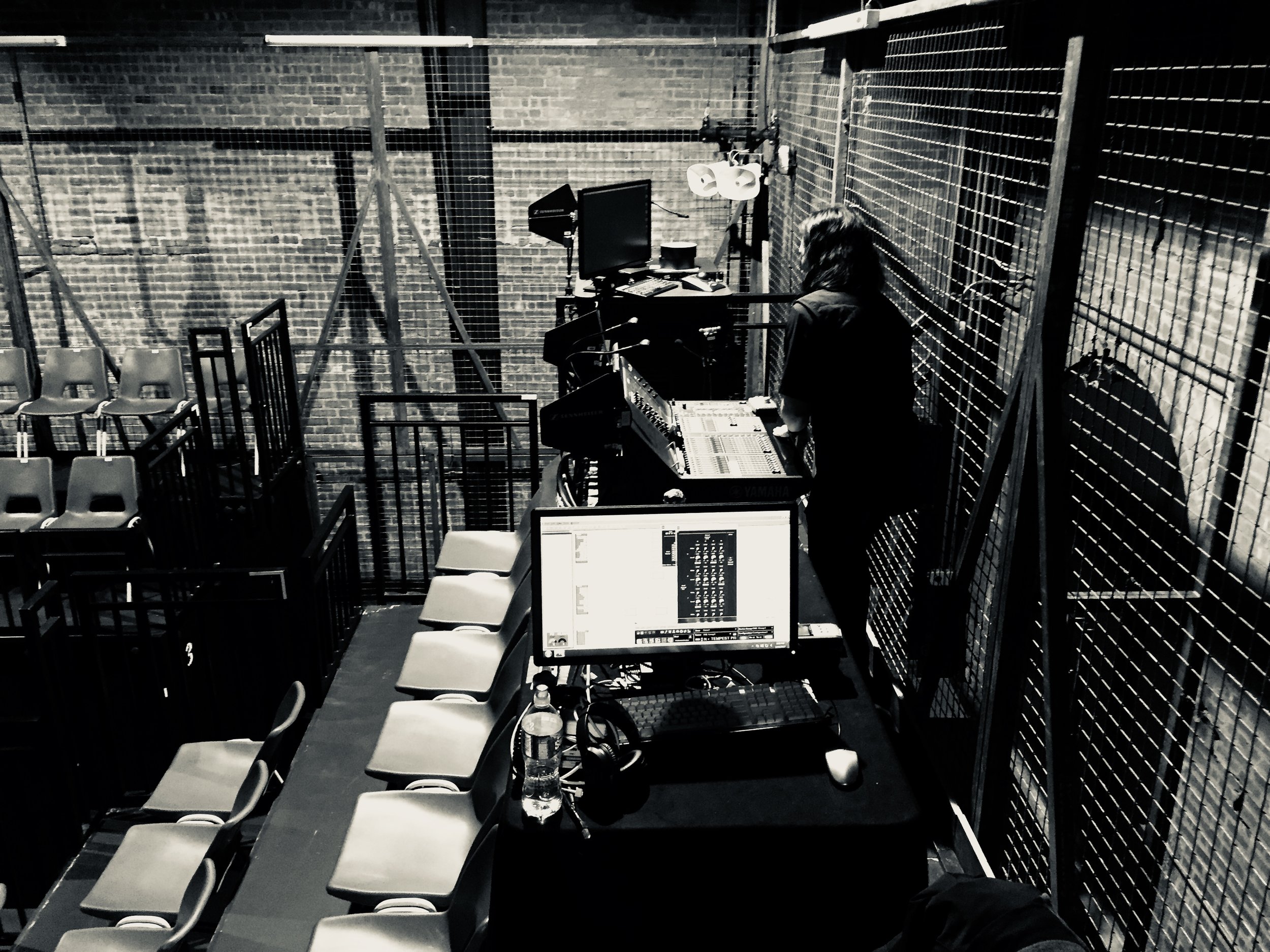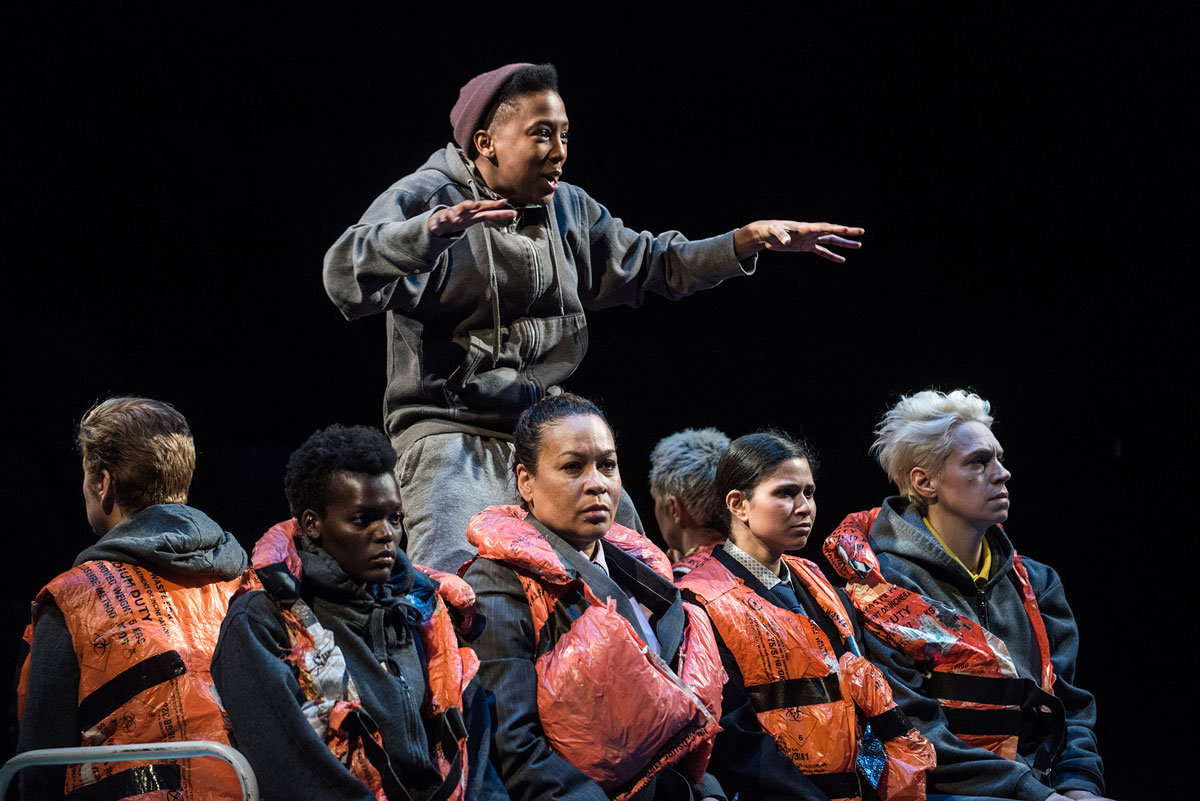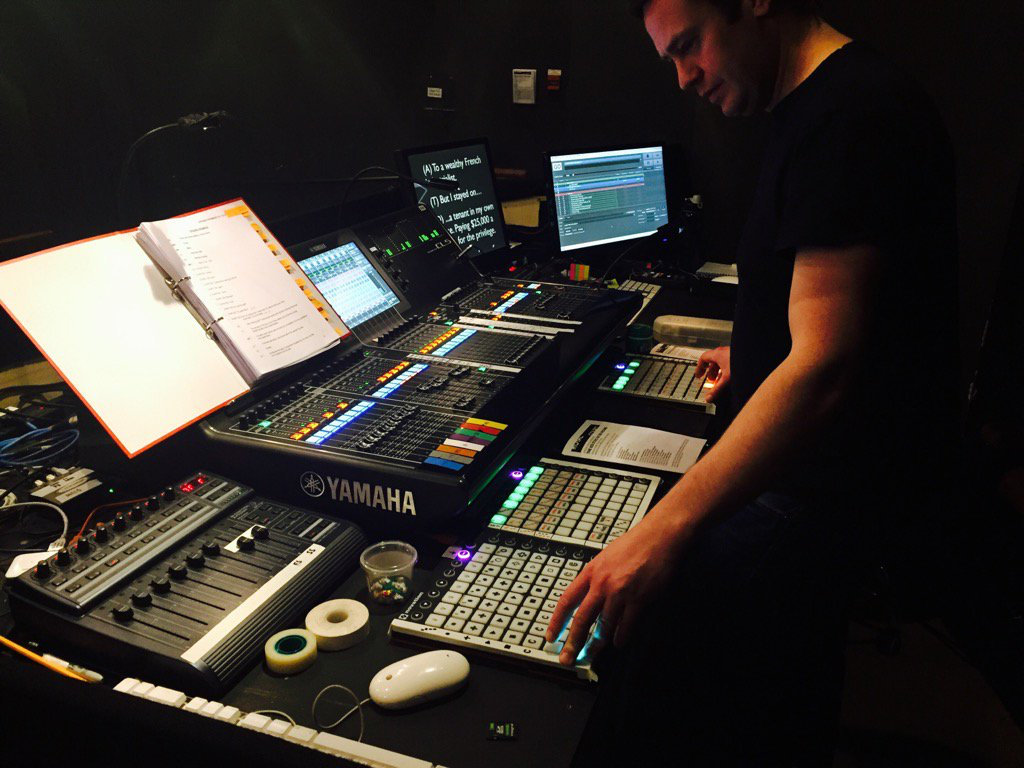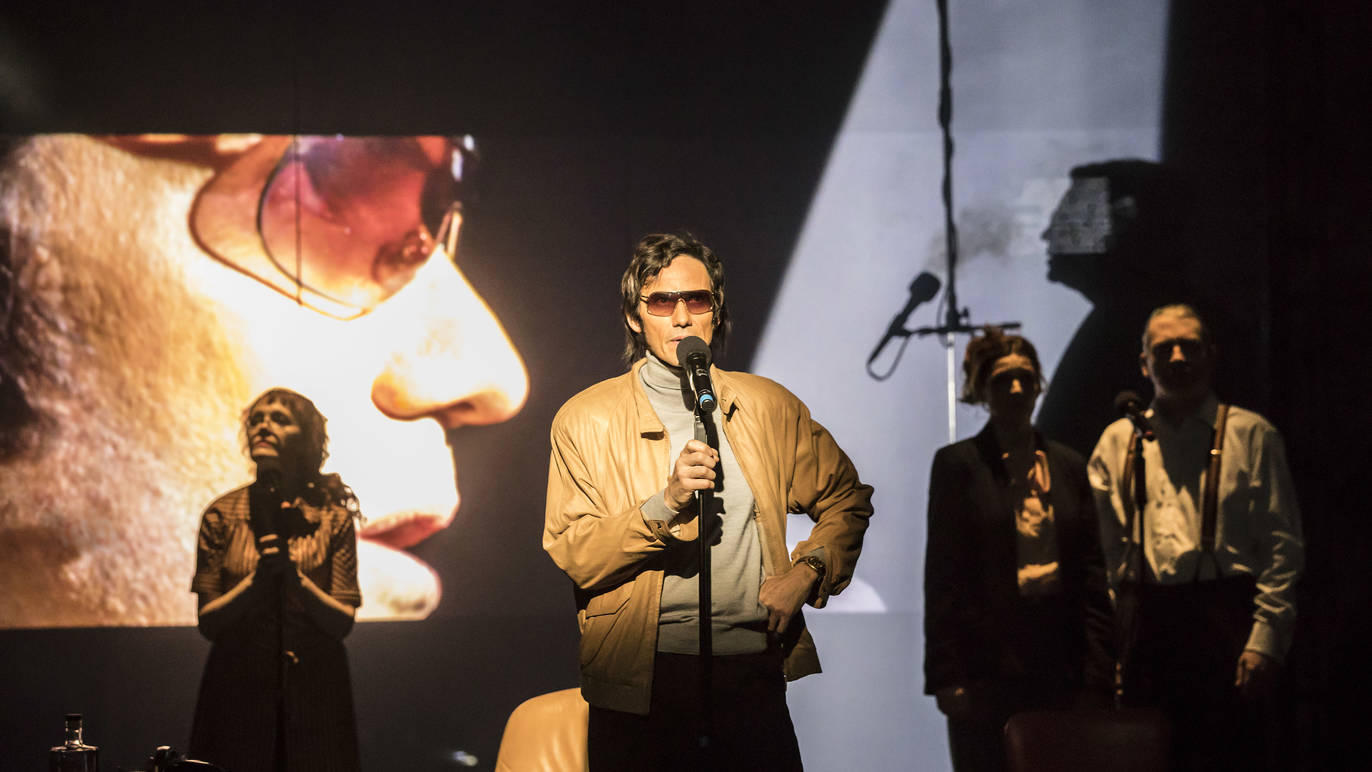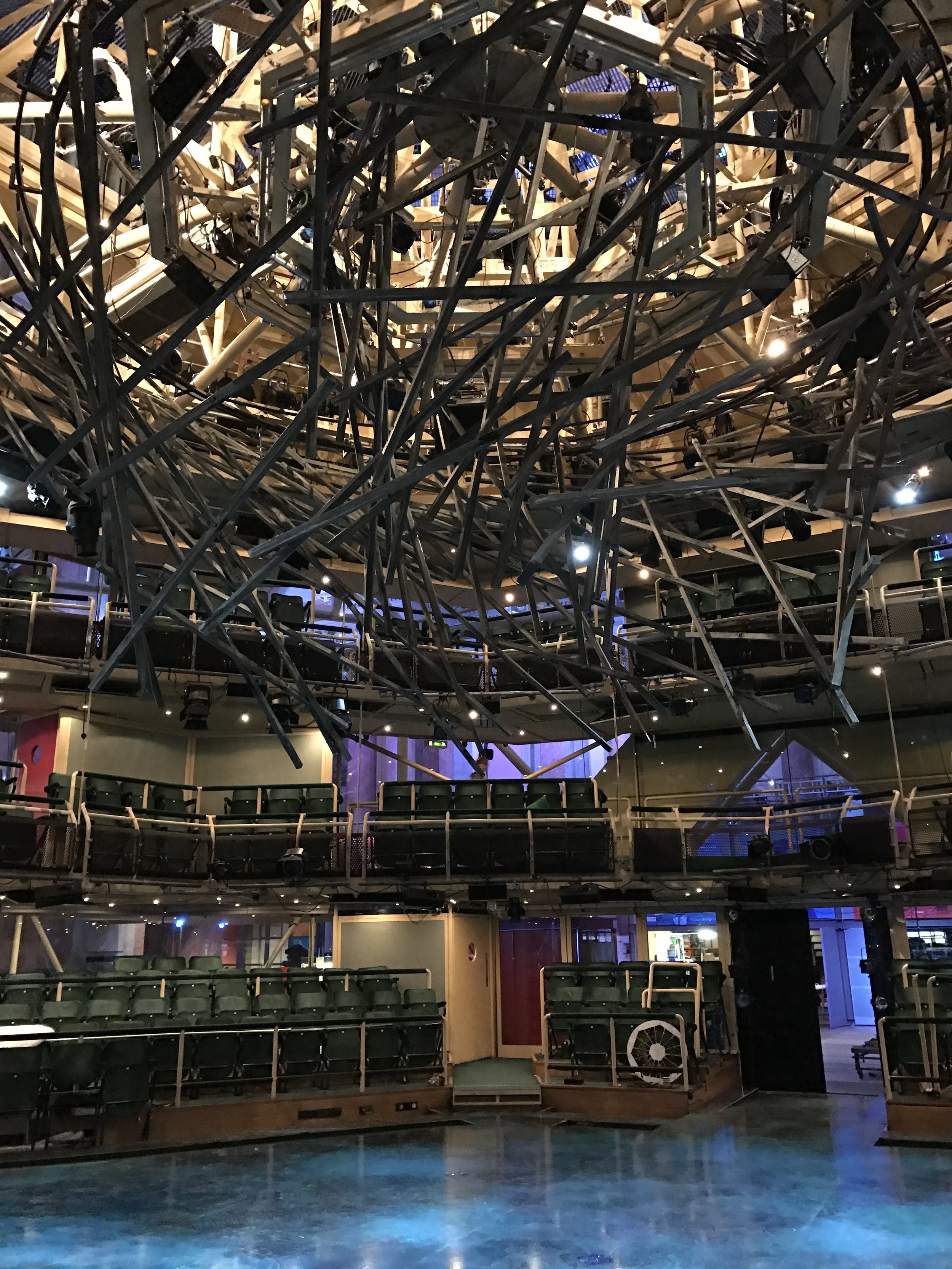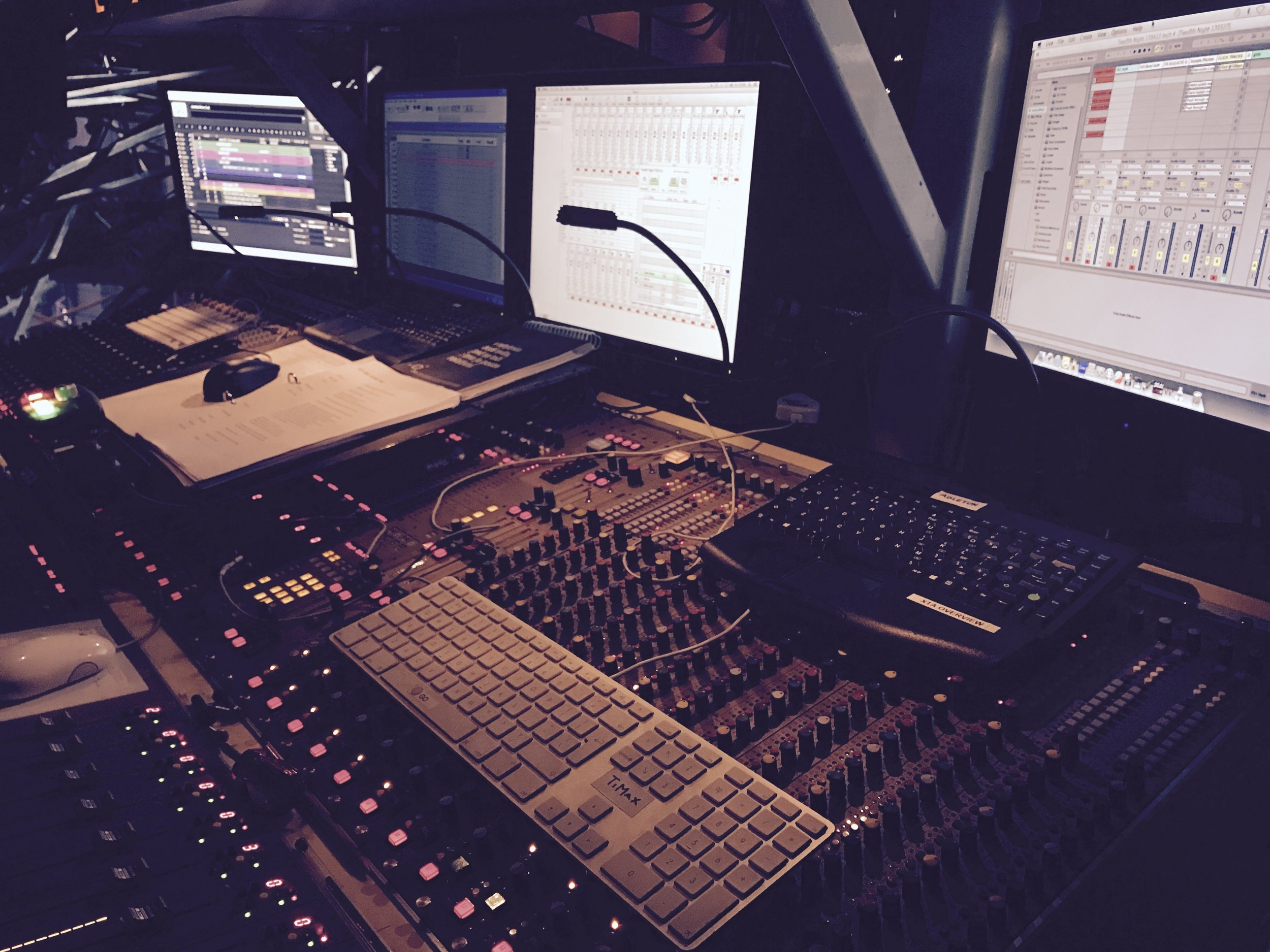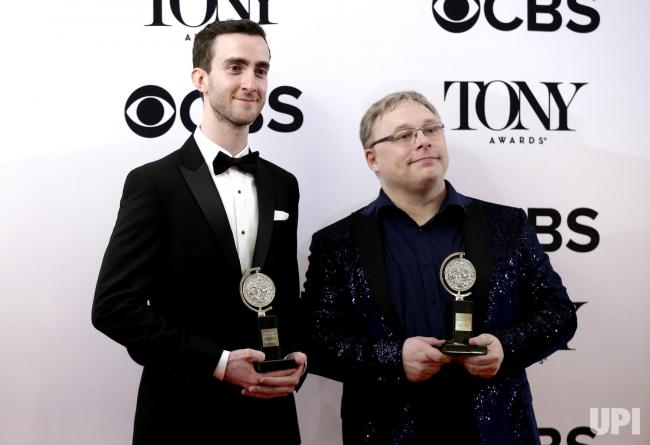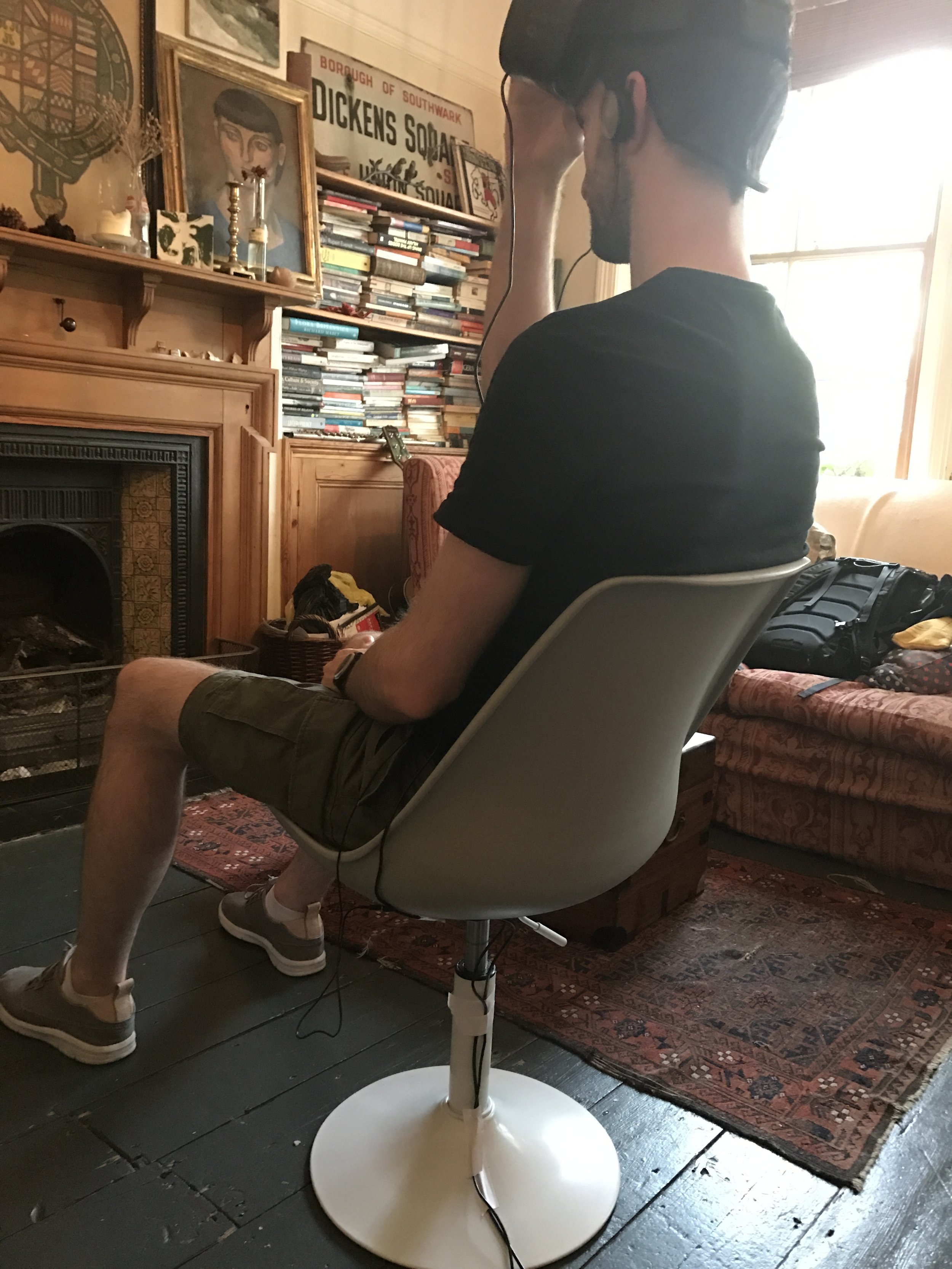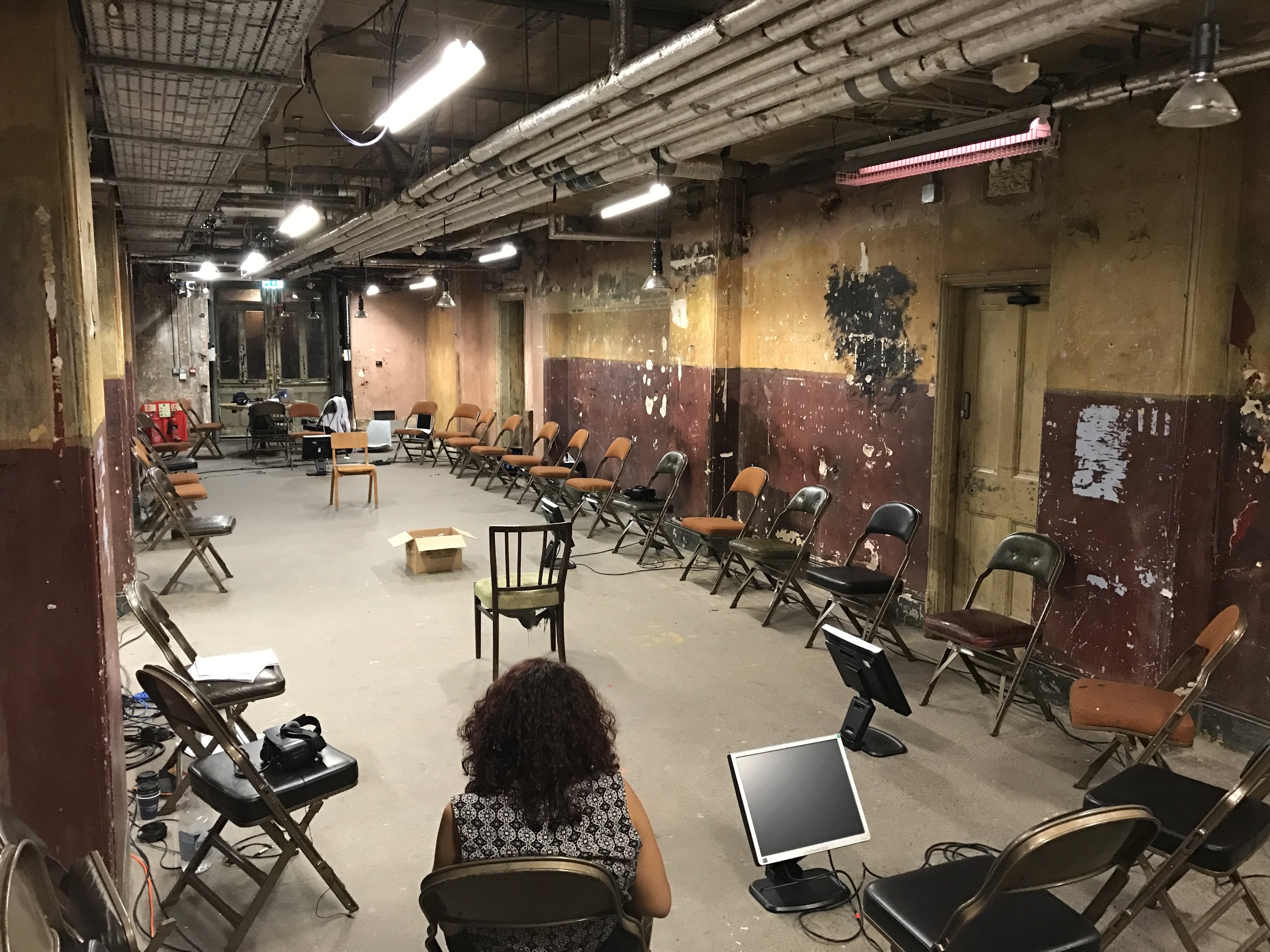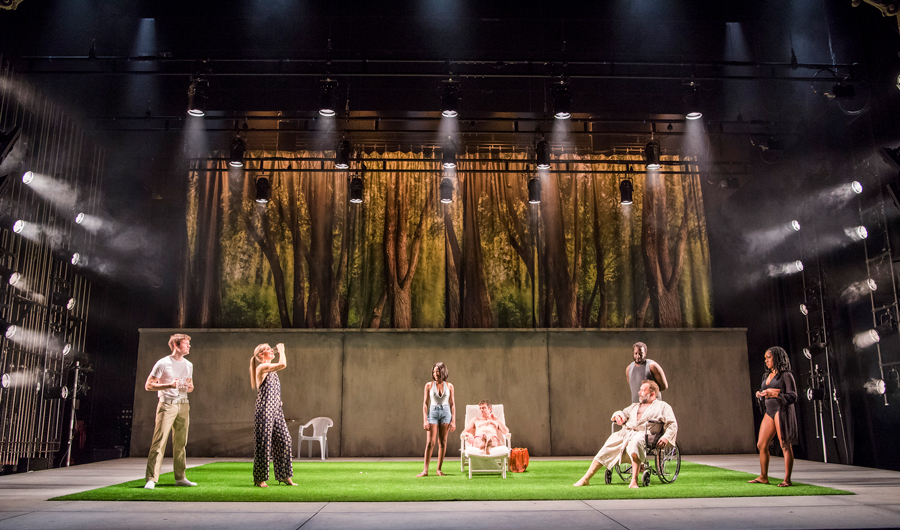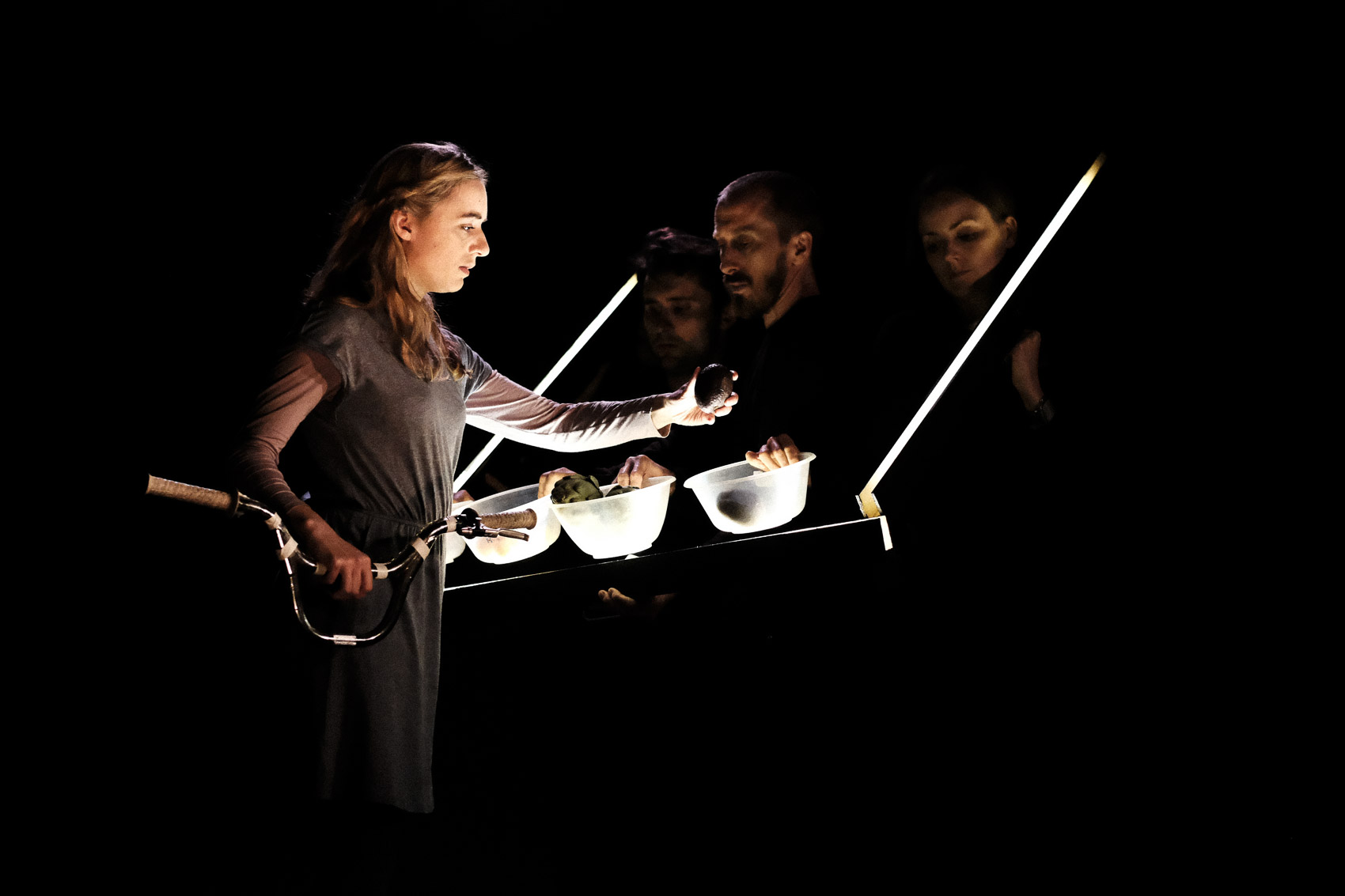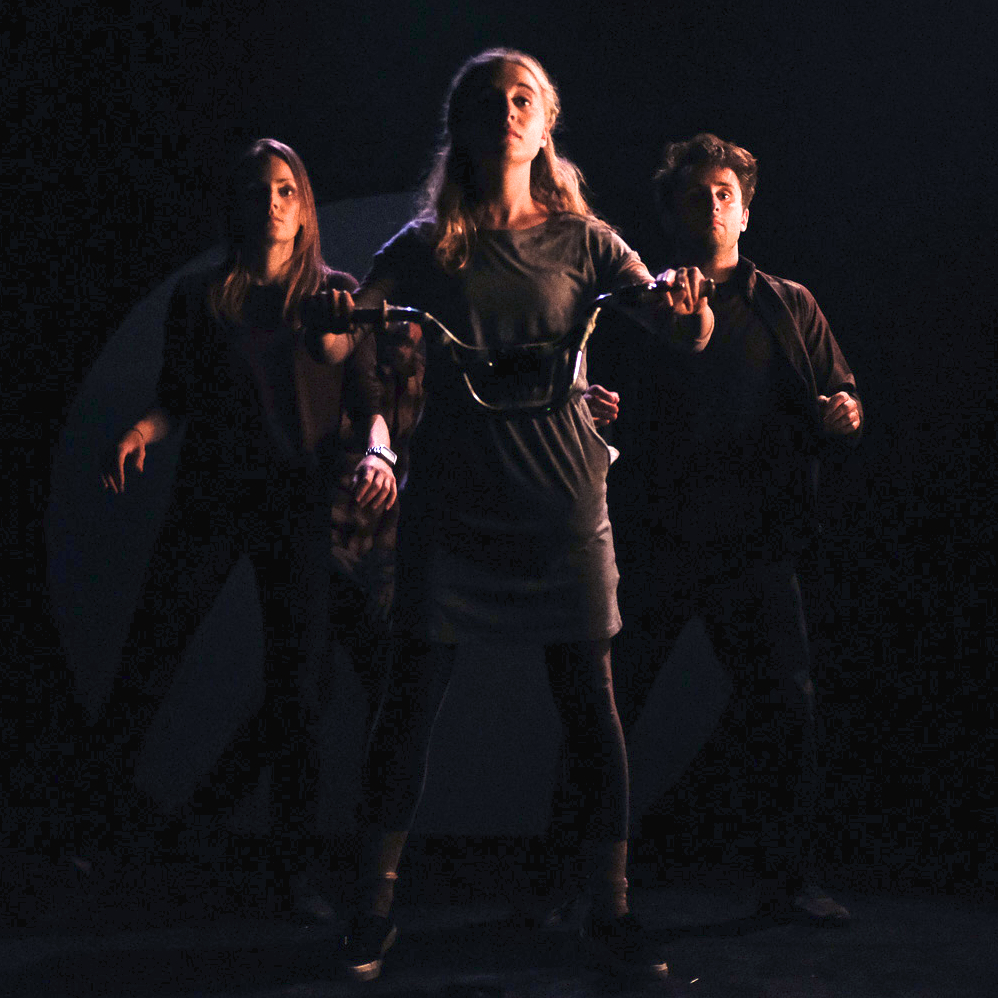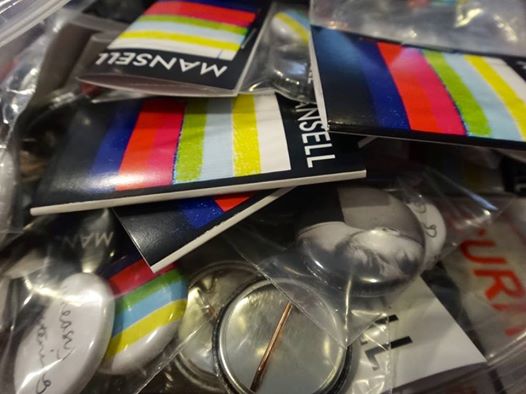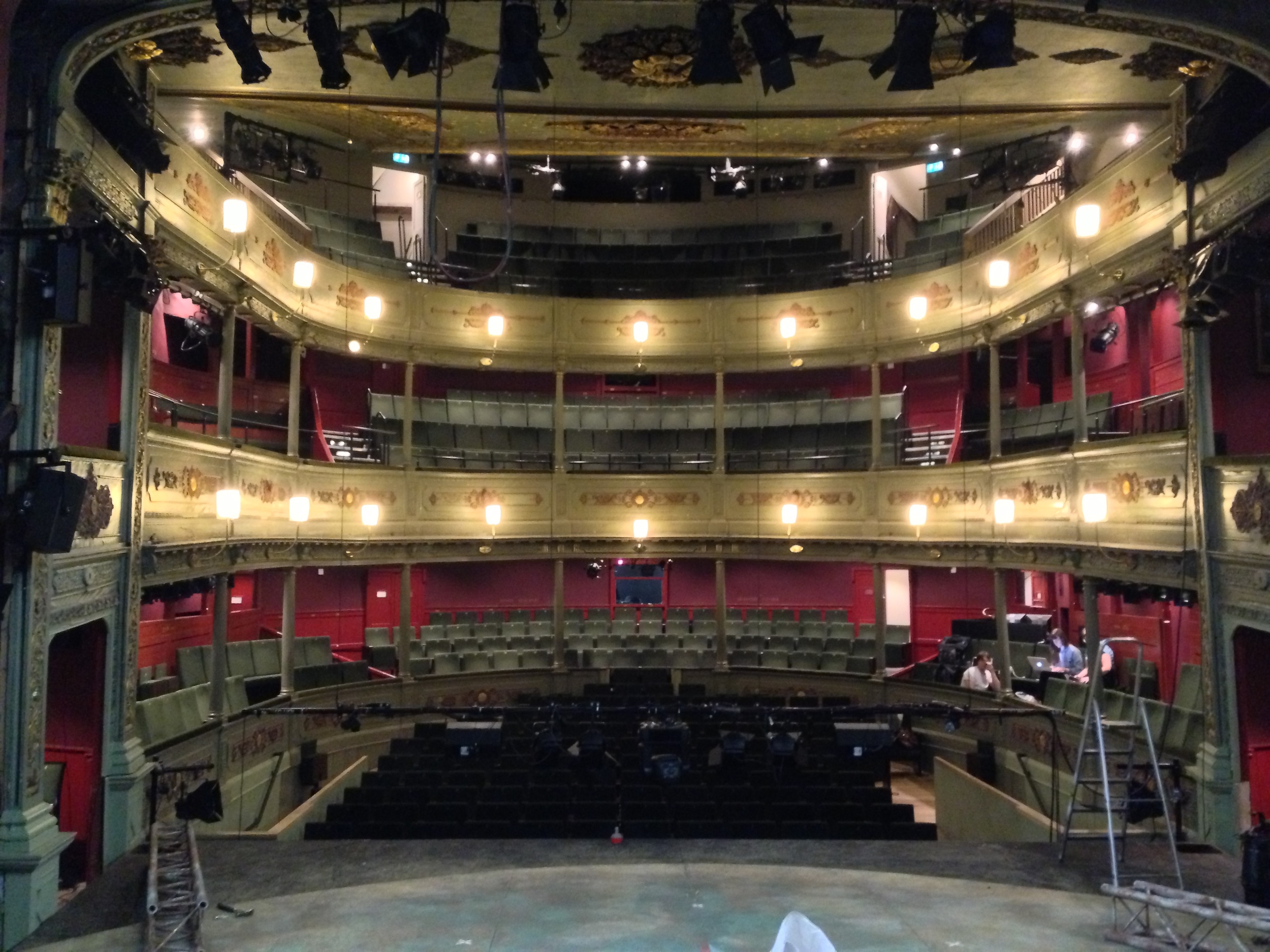My favourite type of sampled instrument for theatre work lately has turned towards textures of organic instruments. Specifically the likes of Evo Grid work from Spitfire Audio which allows evolving textures all sorts of orchestral instruments to combine and make beautiful or dissonant evolving textures, something that can be very quick and simple to build in the heat of tech rehearsals!
I wanted to find a way of achieving a similar thing with the piano, inspired through the likes of Olafur Arnalds and his latest album ‘Remember’, having seen his multi felt piano set up live and loving the quality it gave.
So I had a moment in Kristiansand a few months back to record a second piano, I recorded this upright as a bit of an experiment, sampled the piano and mezzo piano layers and then went on to record a varying set of octaves randomly played, not to time, for each note I’d already sampled. I’d also tried a few other experimental things like hitting the key hard to use as a note off sample, this of course was an awful idea, so I scrapped that and kept with the octave idea. This is the kind of thing I mean….
Then I followed the normal process of editing each note and noise reducing, for both sets of samples. And decided to go the Kontakt route to package the layers into a single instrument.
Here’s the final GUI which is fairly simple in terms of what it does. The aim is to give you the ability to mix the octaves with the original single notes and switch either layer on and off. I also added a reverse function into the mix, I always love a bit of reverse piano and have struggled to find ways to usefully program that into a playable instrument, in this case I think it works quite well on the higher notes because there’s less of a decay for you to wait for until you hear the initial reversed samples, less good in the low end unless you’re holding it for a while. I might update that with less time to wait at some point… hmmm. What I like though is that reverse setting is only a reverse of the octave note textures, so again gives it a bit of a random feel to the whole texture.
The Piano book community have been amazingly putting together some brilliant demo’s I find them so inspirational to hear what different composers do with the instrument, and here they are…
Heres the link to the Piano book web page where you can download the Kontakt Instrument for free, plus a whole bunch of other free piano instruments. https://www.pianobook.co.uk/library/kristiansand-octave-cascade
The next step is to develop the idea using other instruments, hopefully allowing them to create textures in the same way. I quickly recorded an electric guitar for a show in Amsterdam and sampled it in a similar way, recording the initial notes and octaves, so I want to see if creating a new instrument is as simple as slotting in the new samples in place of the piano to create a new ‘Octave Cascade’ instrument.
More to come soon.








